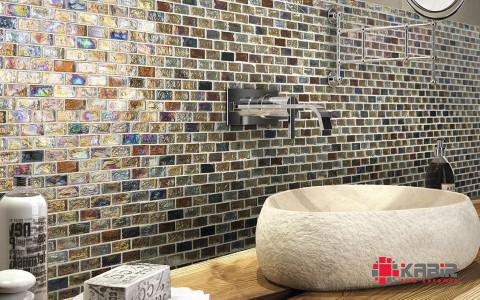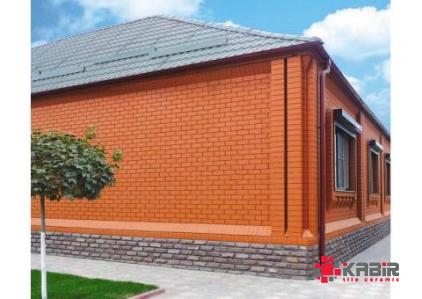In the realm of home renovations and vintage aesthetics, ceramic tile flooring stands out as a timeless and elegant choice. However, beneath the allure of its beauty lies a hidden danger that could potentially pose serious health risks – asbestos. Asbestos, a naturally occurring mineral known for its heat and fire-resistant properties, was widely used in the manufacturing of ceramic tiles in the past. In this comprehensive guide, we delve into the world of asbestos ceramic tile, uncovering its history, potential health hazards, detection methods, and safe removal practices to ensure your home remains a haven of safety and well-being.
.
### Understanding Asbestos in Ceramic Tiles Asbestos, a group of six naturally occurring fibrous minerals, gained popularity in the construction industry for its durability and resistance to heat and corrosion. In the mid-20th century, asbestos found its way into various building materials, including ceramic tiles, as a reinforcement agent. Asbestos fibers were added to the tile mixture to enhance its strength and resistance to wear and tear. However, with the growing awareness of the health risks associated with asbestos exposure, its use in construction materials, including ceramic tiles, has been largely phased out. ### Health Risks of Asbestos Exposure Exposure to asbestos fibers poses serious health risks, including respiratory diseases such as asbestosis, lung cancer, and mesothelioma. When asbestos-containing materials, such as ceramic tiles, are disturbed or damaged through renovation or demolition activities, microscopic asbestos fibers can be released into the air. Inhalation of these fibers can lead to their accumulation in the lungs, causing inflammation and scarring over time. Prolonged exposure to asbestos can result in severe health complications, with symptoms often manifesting years or even decades after initial exposure. ### Identifying Asbestos in Ceramic Tiles Given the potential health hazards associated with asbestos exposure, it is crucial to be able to identify its presence in ceramic tiles.
..
Asbestos-containing tiles are predominantly found in buildings constructed before the 1980s, as asbestos use in construction materials was significantly reduced thereafter. Visual inspection alone may not be sufficient to determine the presence of asbestos in ceramic tiles, as the fibers are microscopic and embedded within the material. As such, professional testing by accredited laboratories using specialized equipment is recommended to accurately detect the presence of asbestos. ### Safe Handling and Removal of Asbestos Ceramic Tiles If asbestos-containing ceramic tiles are identified in your home, it is essential to take immediate action to ensure the safety of occupants. Asbestos removal should only be carried out by accredited asbestos abatement professionals who are equipped with the knowledge, skills, and protective gear necessary to safely handle and dispose of asbestos-containing materials. DIY removal of asbestos ceramic tiles is strongly discouraged, as it can result in the release of asbestos fibers into the air, increasing the risk of exposure to occupants and workers. ### Alternatives to Asbestos Ceramic Tiles In light of the health risks associated with asbestos-containing materials, many homeowners are opting for safer alternatives to ceramic tiles that do not contain asbestos. Modern ceramic tiles produced after the cessation of asbestos use are asbestos-free and pose no threat to health. Additionally, there are a variety of eco-friendly and sustainable flooring options available on the market, such as bamboo, cork, and luxury vinyl tiles, that offer both aesthetic appeal and peace of mind in terms of safety.
…
### Conclusion Asbestos ceramic tiles serve as a stark reminder of a bygone era when the dangers of asbestos were not fully understood. While the presence of asbestos in ceramic tiles may evoke feelings of concern and uncertainty, proactive measures can be taken to mitigate the risks associated with exposure. By increasing awareness of the potential health hazards, utilizing professional testing services, and adhering to safe removal practices, homeowners can safeguard their well-being and that of their loved ones. Remember, when it comes to asbestos ceramic tiles, knowledge is power, and informed decision-making is key to maintaining a safe and healthy living environment. ### The Long-Term Impact of Asbestos Exposure The insidious nature of asbestos exposure lies in its long-term consequences, with many individuals unaware of the risks until years or even decades later. Asbestosis, a chronic lung condition caused by asbestos fibers becoming trapped in the lungs, can lead to progressive scarring and impaired lung function over time. Symptoms of asbestosis, such as shortness of breath, persistent coughing, and chest tightness, may not surface until years after initial exposure to asbestos ceramic tiles. Similarly, asbestos-related lung cancer and mesothelioma can have a latency period of 20-50 years, making early detection and prevention essential.










Your comment submitted.